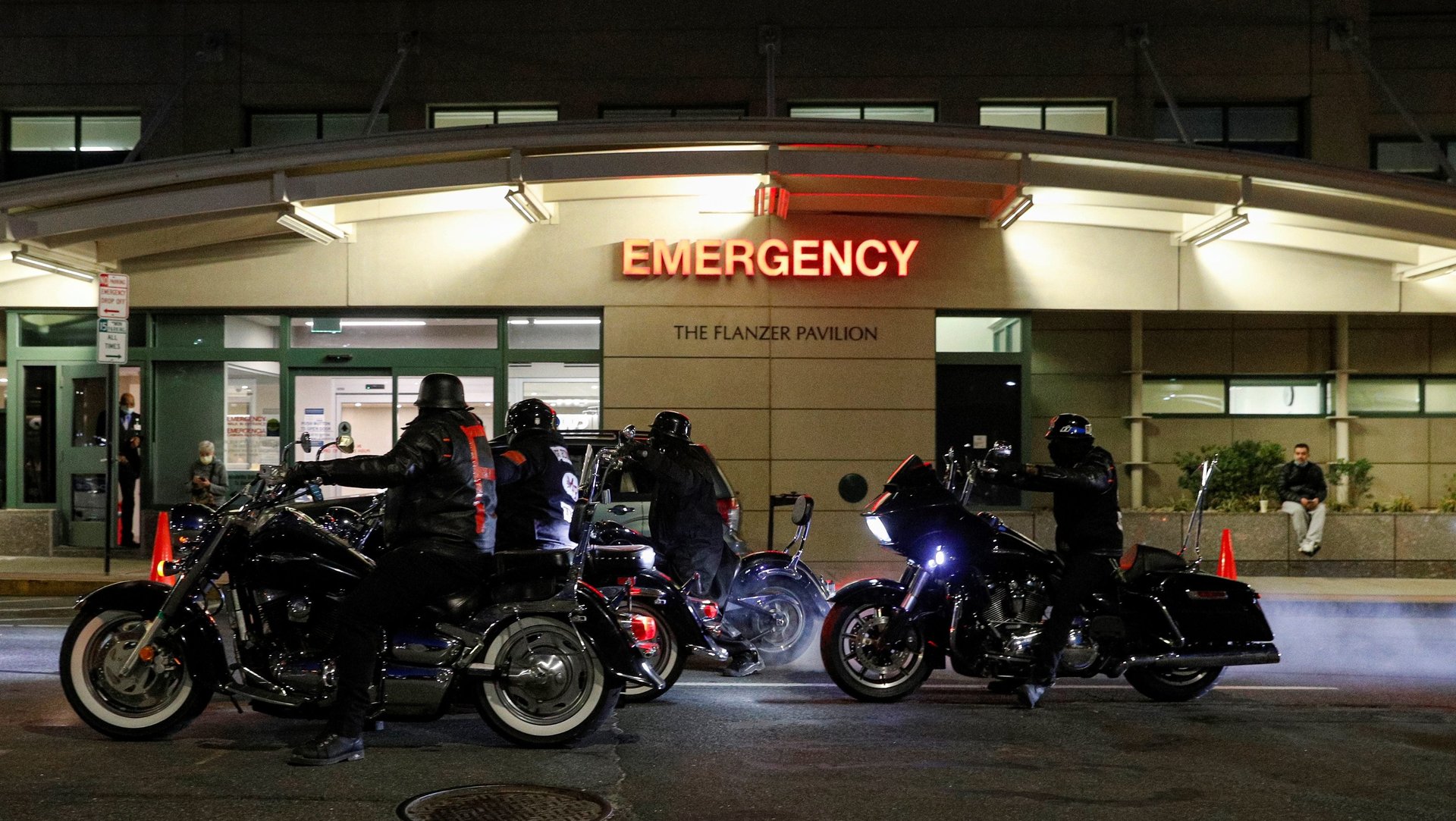Buying all of the US’s medical debt would cost less than $3 a person
Medical debt in the US is higher than ever before. Although Americans generally didn’t have to pay for Covid-19 testing and treatment, other medical expenses didn’t stop during the pandemic, and the high rates of unemployment meant many lost employer-sponsored health insurance, too.


Medical debt in the US is higher than ever before. Although Americans generally didn’t have to pay for Covid-19 testing and treatment, other medical expenses didn’t stop during the pandemic, and the high rates of unemployment meant many lost employer-sponsored health insurance, too.
According to the most recent estimate, from 2018, there is $81 billion of outstanding medical debt in the US, based on sample credit data from the Consumer Financial Bureau Protection. This value is likely higher after the pandemic, although it’s hard to give an accurate estimate.
It’s a lot of money—but also not that much, especially when compared to the behemoth of student debt, currently above $1.5 trillion. Credit card debt, too, is much higher, at $756 billion, and Americans sit on nearly $17 trillion in mortgage debt.
Buying debt for pennies on the dollar
Outstanding medical debt is the primary reason for personal bankruptcy in the US. But while it can destroy debtors’ lives, it’s actually worth very little to creditors. After attempting to collect pending payments for some time, which can range from weeks to years, hospitals and medical practices typically sell their debt off to collection agencies, which then pursue debtors in the hope of getting them to pay.
Benedic Ippolito, a scholar of health economics at the American Enterprise Institute, a public policy think tank, told Quartz the vast majority of medical debt will go unpaid, which is why collectors can buy it for very cheap—typically a few cents on the dollar. The collection agencies then hound the debtors in the hopes some will finally pay.
This low price has allowed RIP Medical Debt, a New York-based non-profit, to buy out medical debt in order to extinguish it. The organization, which was founded in 2014, has so far bought debt worth more than $4.5 billion, freeing over 2.7 million people from the burden of unpaid medical bills. On average, RIP Medical Debt is able to buy $100 of debt for $1.
At such low prices, the entirety of America’s standing medical debt could be bought for less than $900 million, or under $3 per American. It’s a true bargain, considering the headache—and heartache—debt causes millions of people. “We have this culture that if you have debt you have somehow failed, but particularly with medical debt, it’s not the case. It’s a system failure,” says Allison Sesso, RIP Medical Debt’s executive director.
Of course, it’s not so simple.
Debt is only worth so little when there’s little chance it will be repaid. If there is a potential buyer, its value, and price, would increase. But even if that was possible, buying back the debt would only be a temporary solution, much like RIP Medical Debt’s interventions. “I am very conscious that what we do does not fix the system, and I have no fantasy that it does,” says Sesso. “What it does is it provides real, tangible relief to individuals that have been caught up in the broken system.”